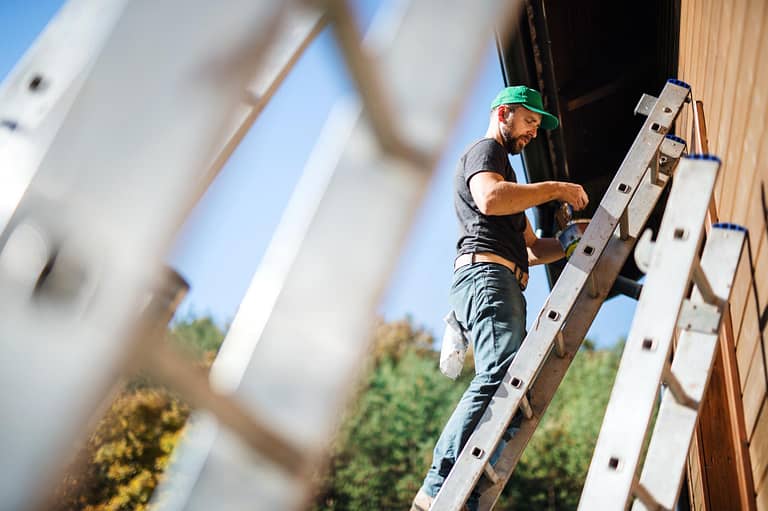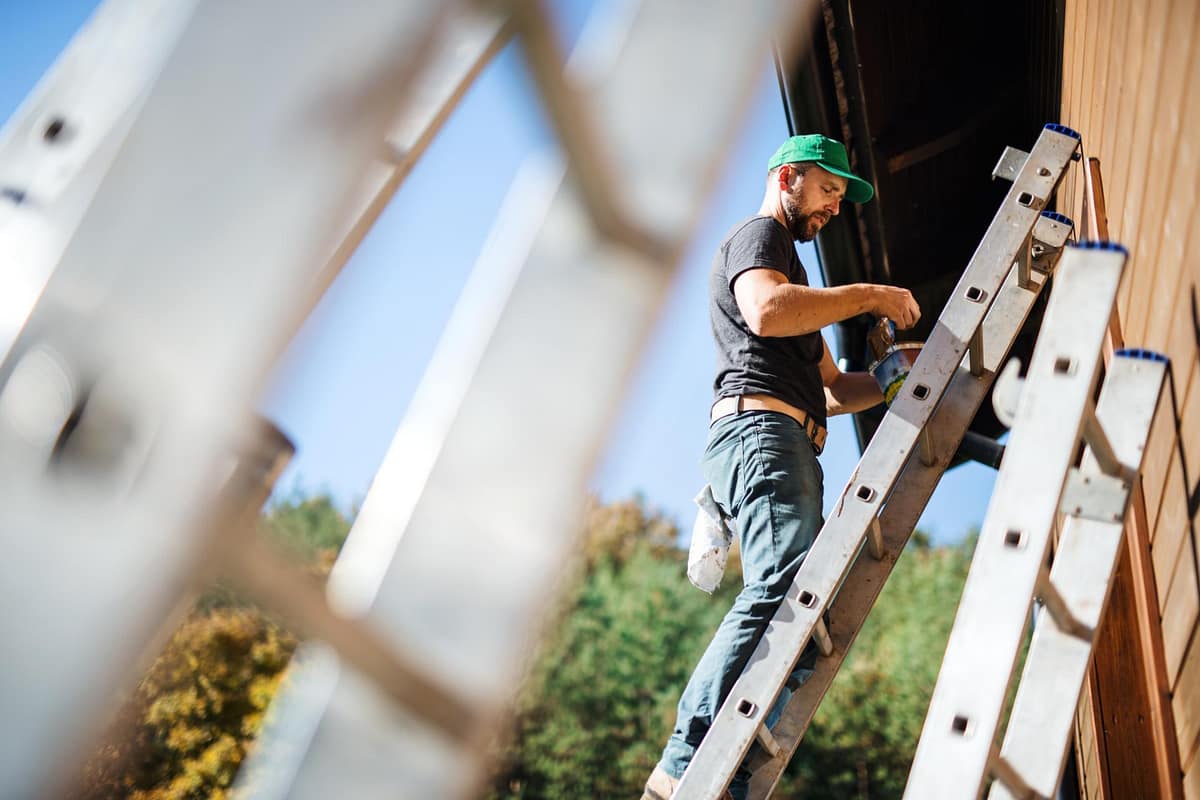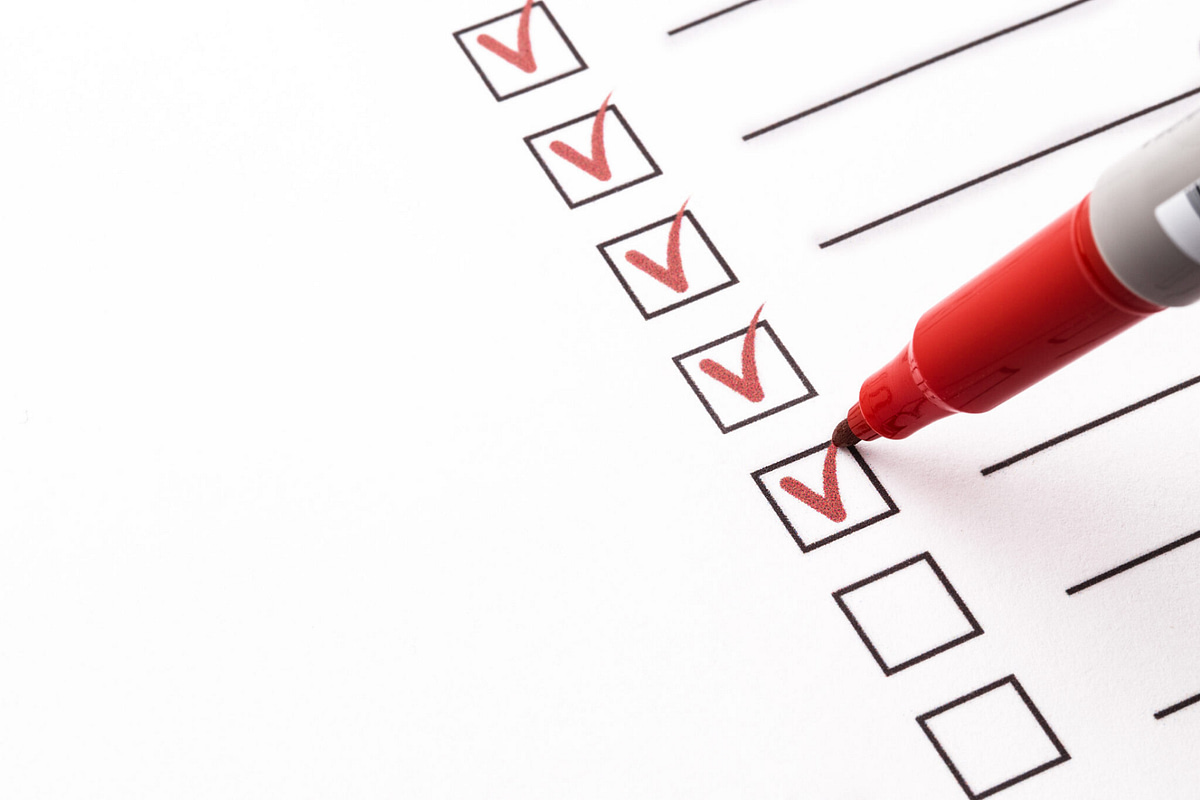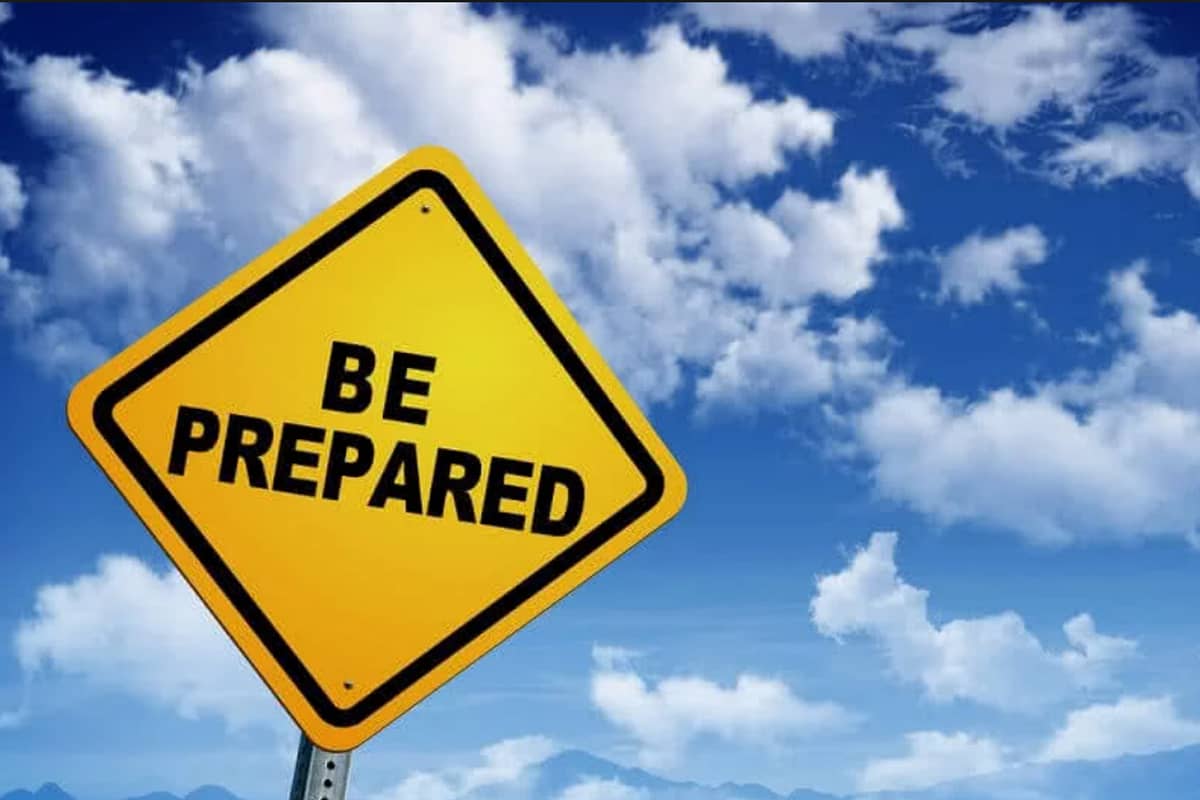Toolbox Talk - Ladder Safety
July 14, 2020

Many work site injuries are caused by accidents involving ladders that are not placed or used safely. It’s also important to exercise extreme caution while using a ladder, as a fall from a ladder can lead to serious injury and even death.
Some common causes of ladder injuries include:
- mounting or dismounting the ladder improperly;
- losing one’s balance;
- failing to set up the ladder properly;
- over-reaching while on the ladder;
- mis-stepping while climbing or descending.
Statistics Concerning Ladder Dangers
- According to the World Health Organization, the United States leads the world in ladder deaths. Each year, there are more than 164,000 emergency room-treated injuries and 300 deaths in the U.S. that are caused by falls from ladders.
- Most ladder deaths are from falls of 10 feet or less.
- Falls from ladders are the leading cause of deaths on construction sites.
- Over the past decade, the number of people who have died from falls from ladders has tripled.
Ladder safety begins with selecting the right ladder for the job and includes inspection, setup, proper climbing or standing, proper use, care, and storage. This combination of safe equipment and its safe use can eliminate most ladder accidents.
Always check a ladder before using it. Inspect wood ladders for cracks or splits. Inspect metal and fiberglass ladders for bends and breaks. Never use a damaged ladder.
When setting up a ladder, make sure its straight and sitting firmly on the ground or floor. If one foot sits lower, build up the surface with firm material, don’t set it on boxes, bricks or other unstable bases. Lean the ladder against something solid, but not against a glass surface. Make sure the ladder is placed at a safe angle, with the base away from the wall or edge of the upper level about one foot for every four feet of vertical height. Keep ladders away from doorways or walkways, unless barriers can protect them.
Keep the steps and rungs of the ladder free of grease, paint, mud or other slippery material. And remember to clean debris off your shoes before climbing. Always face the ladder when climbing up or down, using both hands to keep a good grip on the rails or rungs. Never carry heavy or bulky loads up a ladder. Climb up yourself first, and then pull up the material with a rope or bucket.
Many ladder accidents occur because of slipping or skidding. You can prevent these accidents by equipping the ladder with non-slip safety feet, blocking its base or tying it to a sound, permanent structure.
Overreaching is the most common cause of falls from ladders. A good rule is to always keep your belt buckle inside the rails of a ladder. Do try to move a ladder while you’re on it by rocking, jogging or pushing it away from the supporting wall.
When choosing and using a ladder, keep the following in mind:
- Choose the appropriate type and size ladder for the job, including correct fittings and safety feet.
- Near electrical conductors or equipment, use only ladders with non-conductive side rails.
- Set the ladder on solid footing, against a solid support.
- Place the base of a straight ladder out away from the wall or edge of the upper level about one foot for every four feet of vertical height.
- Be sure the side rails of straight ladders extend at least 36 inches above the landing.
- Job-made ladder cleats must be 15-20 inches wide and uniformly spaced 12 inches apart vertically.
- Never try to increase the height of a ladder by standing it on other objects, such as boxes or barrels or by splicing two ladders together.
- Tie, block, or otherwise secure portable ladders against movement.
- Keep ladders away from doorways or walkways, unless they can be protected by barriers.
- Keep the area around the top and base of the ladder clear. Don’t run hoses, extension cords or ropes on a ladder; these may create obstructions.
- To avoid slipping on a ladder, check your shoes for oil, grease, or mud and wipe it off before climbing.
- Climb the ladder carefully, facing it and using both hands. Use a tool belt or hand line to carry materials.
- Most ladders are designed to hold only one person at a time. Two persons may cause the ladder to fail or be thrown off balance.
- Do not lean out to the side when you are on a ladder. If something is out of reach, get down and move the ladder.
- Ladders should never be used sideways as platforms, runways, or scaffolds.
![BLM Stripes Brand [Recovered]](https://mlijpfrvxa9g.i.optimole.com/w:1920/h:241/q:mauto/ig:avif/f:best/https://blmconstruction.net/wp-content/uploads/2021/06/BLM-Stripes-Brand-Recovered.png)





